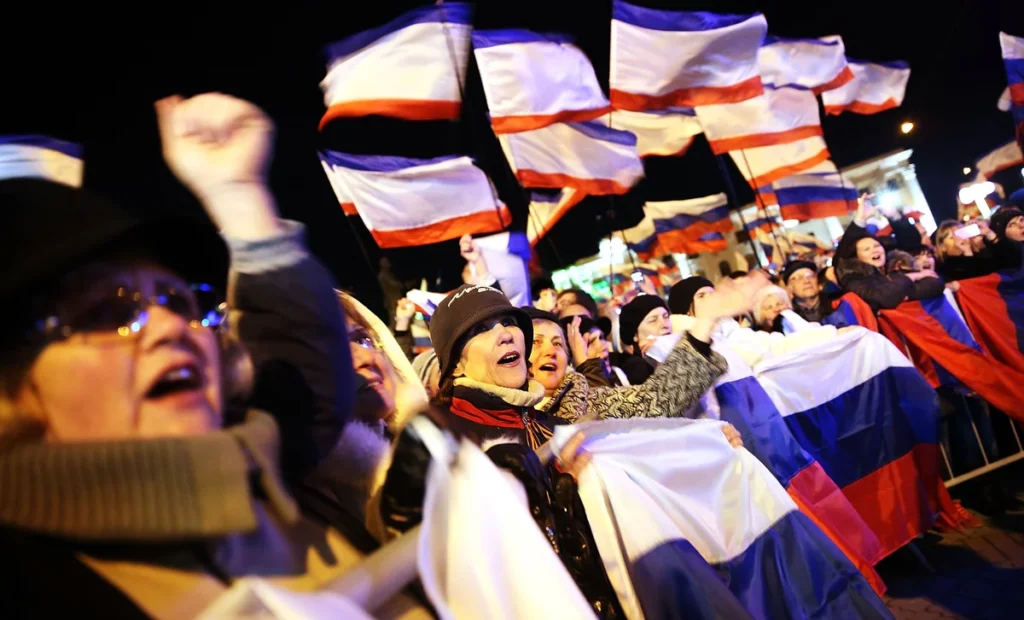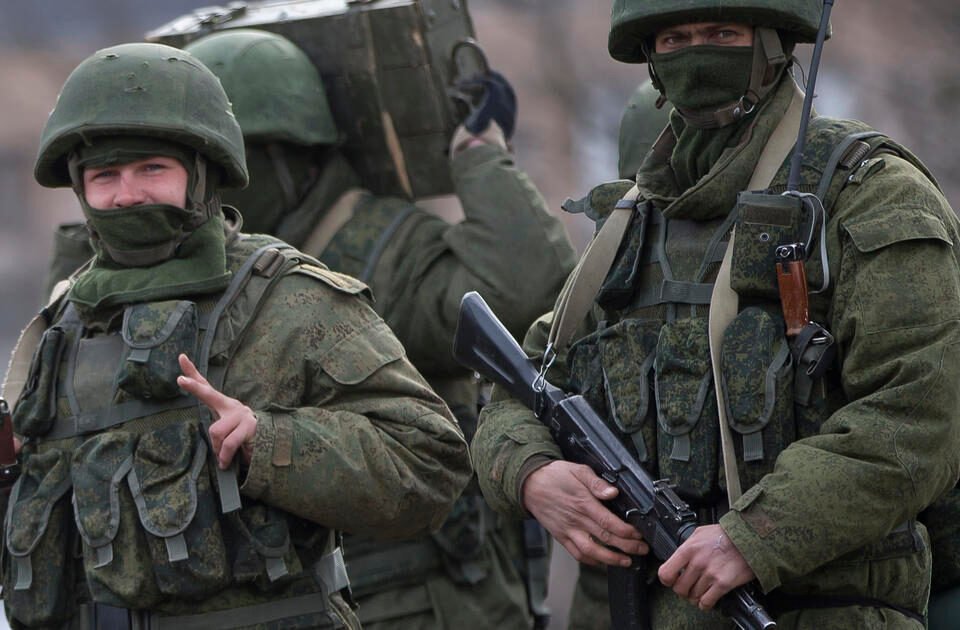The Annexation of Crimea: A Turning Point
For Reference: Russia-Ukraine | Part 01
Political Unrest in Ukraine and Russia’s Response
In the early months of 2014, the world watched as a geopolitical crisis unfolded in Ukraine, leading to one of the most significant territorial disputes in recent history—the annexation of Crimea by Russia. This event not only altered the borders of Europe but also heightened tensions between Russia and the West, setting the stage for the ongoing conflict.
After the Euromaidan protests in Ukraine led to the ousting of pro-Russian President Viktor Yanukovych, the political landscape in the region became increasingly unstable. The sudden shift in power in Kyiv alarmed the Russian government, which viewed the new, pro-Western Ukrainian leadership as a threat to its influence in Eastern Europe.
The Strategic Importance of Crimea
Crimea, a region with a predominantly Russian-speaking population, became the focal point of this tension. Historically, Crimea had been part of Russia until 1954, when it was transferred to Ukraine by the Soviet government. This connection to Russia, coupled with the strategic importance of the Sevastopol naval base, made Crimea a crucial interest for Moscow.

Image: Spencer Platt (Getty Images)
The Annexation Process and International Backlash
In late February 2014, unmarked troops, later confirmed to be Russian soldiers, began to take control of key locations across Crimea, including government buildings and military installations. This swift and organized operation, often referred to as the “little green men” due to the troops’ unmarked uniforms, faced little resistance from the Ukrainian military stationed on the peninsula.
On March 16, 2014, a controversial referendum was held in Crimea, where the majority of voters reportedly supported joining the Russian Federation. However, the referendum was conducted under the watch of Russian troops and was widely condemned by the international community as illegitimate and a violation of international law.
Two days later, on March 18, 2014, Russian President Vladimir Putin signed the treaty of accession, formally incorporating Crimea into Russia. This move was met with widespread international condemnation, leading to sanctions against Russia and a sharp deterioration in relations between Moscow and Western countries.
The Long-term Impact on the Russia-Ukraine Conflict
The annexation of Crimea marked a significant turning point in the Russia-Ukraine conflict. It not only violated Ukraine’s territorial integrity but also set a dangerous precedent for the use of military force in territorial disputes. For Ukraine, it was a profound loss, sparking a sense of national crisis and fueling the conflict in Eastern Ukraine, where pro-Russian separatists began to seek their own independence.
Stay tuned for the next article, where we will explore the rise of the conflict in Eastern Ukraine and the role of pro-Russian separatists in the ongoing war.
Details of the featured image
CBS: A pro-Russian soldier flashes a victory sign while marching near a Ukrainian army base in Perevalne, Crimea, March 19, 2014.
Image by Vadim Ghirda/AP
Author
Ziara Walter Akari
© www.apotheosislife.com
